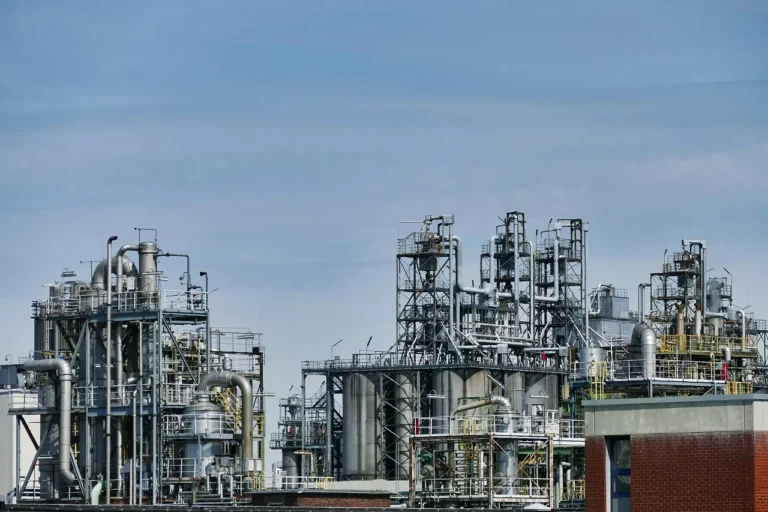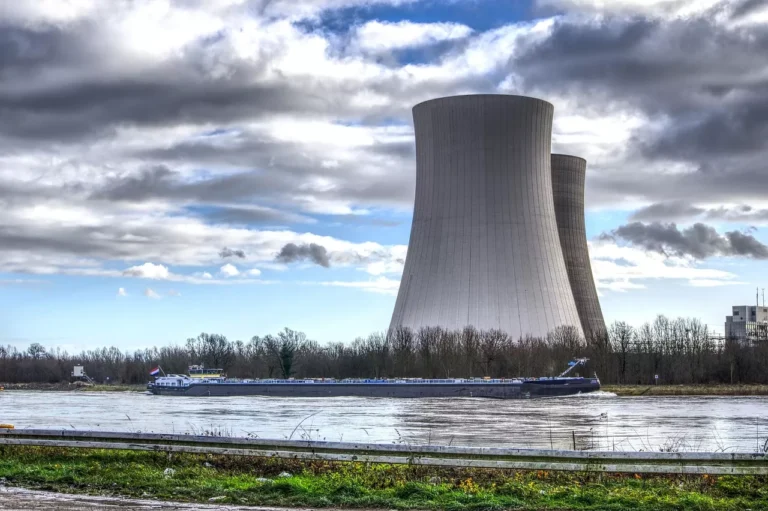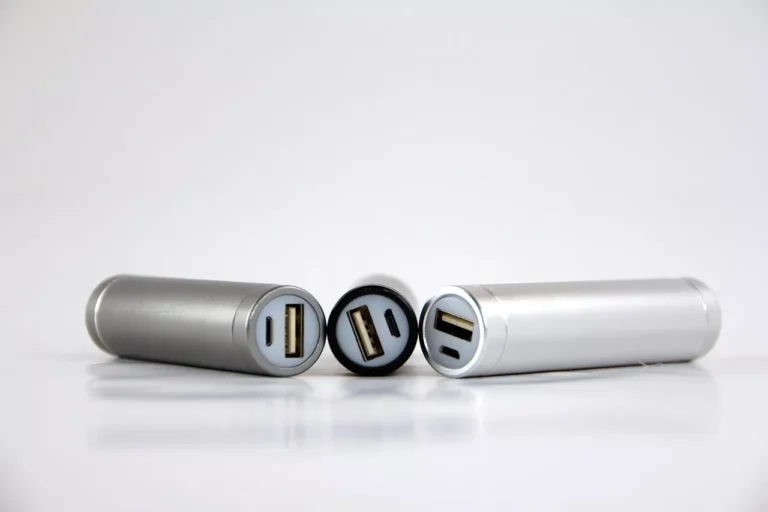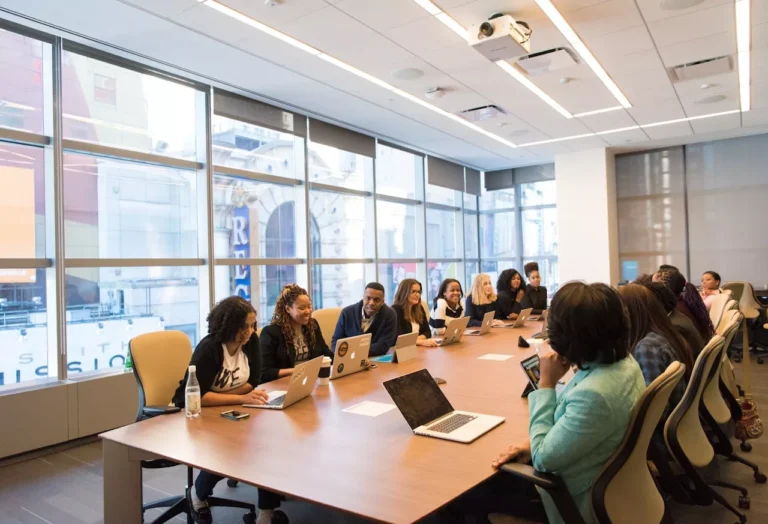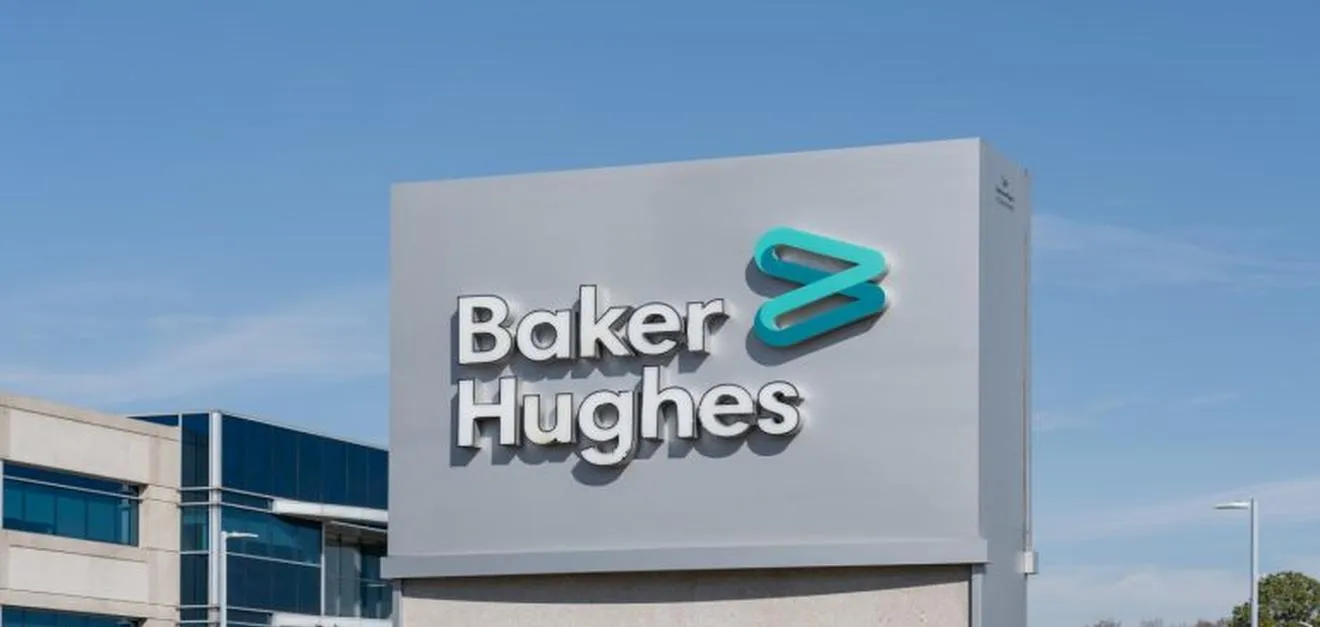
Baker Hughes and Halfaya Gas Company Sign Agreement to Advance Flare Reduction Project in Iraq
Baker Hughes, a global energy technology company, announced on Tuesday that it has entered into a new agreement with Iraq-based Halfaya Gas Company (HGC) to advance the development of an innovative flare gas recovery project at the Bin Umar gas processing plant in southeastern Iraq. This partnership represents a major milestone in Iraq’s broader efforts to eliminate routine gas flaring, reduce emissions, and turn wasted resources into valuable energy products that can fuel both domestic consumption and international trade.
Building on Previous Commitments
The newly signed agreement expands on a memorandum of understanding (MoU) that the two companies had previously announced. That earlier MoU laid the foundation for collaboration on the Bin Umar development project and included the completion of a pre–Front End Engineering and Design (FEED) study. With this new step, the two companies are formalizing a framework for cooperation that will drive forward the practical implementation of Iraq’s energy transition goals.
The agreement underscores Iraq’s determination to address one of its most pressing environmental and energy challenges: routine flaring of associated gas during oil production. By capturing this gas and converting it into usable products, the project aims to reduce greenhouse gas emissions, improve air quality, and unlock new sources of energy security for the Iraqi people.
Scale of the Flare Gas Recovery Project
The Bin Umar project is expected to recover up to 300 million standard cubic feet per day (MMSCFD) of gas that would otherwise be wasted through flaring. To put this into perspective, that volume of recovered gas is equivalent to producing approximately 32 billion kilowatt-hours of energy annually. This output could cover the average annual electricity consumption of about two million Iraqi households, representing a transformative improvement for communities across the country.
Instead of being released into the atmosphere, the captured gas will be processed and transformed into several valuable products, including treated dry gas, liquefied petroleum gas (LPG), and condensate. These products will be used to strengthen Iraq’s domestic energy supply and can also be exported to international markets, thereby boosting the country’s economic revenues.
Expanding Collaboration Beyond Gas Recovery
Beyond the flare reduction project, Baker Hughes and Halfaya Gas Company have agreed to explore wider cooperation opportunities in Iraq’s upstream oil and gas sector. This includes leveraging Baker Hughes’ Oilfield Services & Equipment (OFSE) division, which provides advanced technologies, engineering, and field expertise to enhance exploration and production efficiency.
The two companies are also considering joint efforts to build up local capabilities within Iraq. Plans include developing maintenance and repair services for energy infrastructure and exploring opportunities for industrial manufacturing collaborations. Such initiatives align with Iraq’s strategic objective of increasing in-country value, creating local jobs, and building a sustainable supply chain ecosystem.
Statements from Leadership
Hussein Saihood, CEO of Raban Al Safina for Energy Projects (RASEP – part of RAS Group), emphasized the broader significance of the agreement for Iraq’s energy future. He noted:
“Our collaboration with Baker Hughes reaffirms our unwavering commitment to Iraq’s future by reducing emissions, enhancing energy security, and accelerating the development of a modern and sustainable energy infrastructure. Through strategic alliances with world-class partners, we are laying the foundations for long-term prosperity and resilience for our people. Baker Hughes’ demonstrated technical capabilities, tailored solutions, and in-country service presence make them an ideal partner for this critical project.”
From Baker Hughes’ perspective, the agreement reflects the company’s global strategy of making traditional energy sources cleaner and more efficient. Alessandro Bresciani, Senior Vice President for Energy Equipment within Baker Hughes’ Industrial & Energy Technology segment, stated:
“Making traditional sources of energy more efficient with lower emissions is critical for sustainable energy development. The industry has a responsibility and opportunity to enable this today. This agreement is a testament to our shared commitment to driving progress at scale and represents another significant milestone in Baker Hughes’ journey to help customers achieve more sustainable and efficient operations.”
The Bin Umar Development Framework
The Bin Umar gas project is being developed by Halfaya Gas Company Ltd. (HGC), a special-purpose project company owned by RASEP (part of the RAS Group). The development is being carried out under a 15-year BOOT (Build, Own, Operate, Transfer) contract signed with South Gas Company, which is a subsidiary of Iraq’s Ministry of Oil. Under this structure, HGC will finance, construct, and operate the facility for the contract period before transferring ownership back to the Iraqi government.
This model provides Iraq with access to advanced technologies and project financing while ensuring that the long-term benefits of the infrastructure remain under national ownership.
Contribution to Iraq’s Energy Transition
Routine flaring of associated gas has been a longstanding challenge in Iraq. According to international studies, Iraq is among the top countries in the world in terms of gas flaring volumes, contributing to both significant carbon emissions and wasted economic value. Projects like the Bin Umar gas recovery system are therefore central to Iraq’s commitments under international climate agreements and its domestic strategy to reduce reliance on imported fuels.
By capturing and monetizing gas that would otherwise be wasted, Iraq will be able to generate new streams of revenue, reduce environmental damage, and increase the reliability of its domestic electricity grid. In addition, the project aligns with broader global energy transition priorities, where improving the efficiency and sustainability of existing oil and gas operations is recognized as a critical step alongside the growth of renewable energy sources.
Baker Hughes’ Role in Emissions Abatement
The flare gas recovery system is part of Baker Hughes’ wide-ranging portfolio of emissions abatement solutions. The company has developed technologies that not only reduce flaring but also enhance energy efficiency, capture carbon, and improve operational reliability across the oil and gas value chain.
Through its Industrial & Energy Technology segment, Baker Hughes provides integrated solutions designed to help customers meet sustainability targets while maintaining productivity and profitability. The Bin Umar project is a clear example of how these solutions can be deployed at scale to deliver both environmental and economic benefits.





